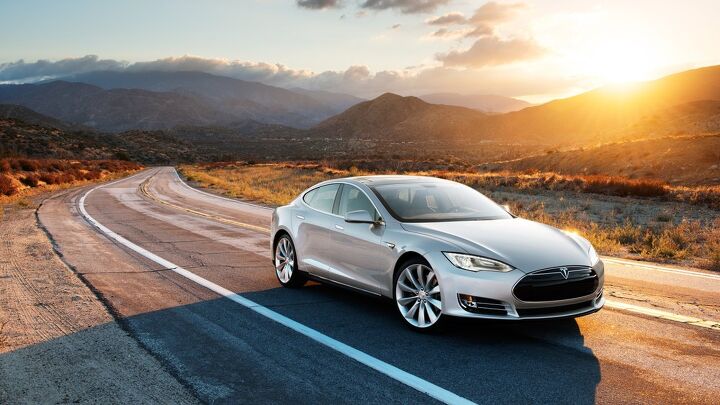Debunking EV Range Anxiety: Do EVs Meet Daily Driving Needs?
One of the prevalent myths surrounding electric vehicles (EVs) is that they lack the necessary range to meet daily travel needs. However, evidence suggests that the range of electric vehicles aligns well with the daily mileage requirements of most U.S. households. On average, a household in the United States travels approximately 50 miles per day. Interestingly, about 85 percent of households travel less than 100 miles on a typical day, a distance well within the capabilities of current EV models. The majority of these vehicles can travel over 200 miles on a fully charged battery, ensuring that nearly all new models can cover more than 100 miles without needing a recharge. Additionally, automakers are continually working to introduce new models with even longer ranges, promising further improvements to meet consumer needs.
Tools for Range Estimation
For those considering an electric vehicle, the "Find A Car" feature on the website www.fueleconomy.gov provides valuable insights. By selecting a vehicle of interest, users can view the "EPA Fuel Economy" information, which includes range estimates specific to each EV model. This tool can be particularly useful for individuals looking to understand the performance of various EVs in terms of distance coverage.
Impact of Driving Conditions on Range
It's important to note that an electric vehicle's range can be influenced by how it is driven and the conditions under which it operates. Factors such as weather conditions, including both hot and cold temperatures, can affect the vehicle's efficiency. Research indicates that in cold temperatures, particularly when heating is used, an EV's range could decrease by an average of 40 percent. This underscores the importance of considering environmental factors and driving habits when evaluating an EV's range capabilities.
This article was co-written using AI and was then heavily edited and optimized by our editorial team.
More by TTAC Staff
Latest Car Reviews
Read moreLatest Product Reviews
Read moreRecent Comments
- Bd2 “a lot of Tesla and Apple people.”This should be good.
- Cprescott I installed hood struts on my 2016 Elantra by carefully noting that ones sold outside of the states had struts in some applications. I then found the size and ordered them from Amazon and bolted them in without drilling any holes. First one was the hardest but after I learned how to adjust and to place, it was 5 minutes to install.I do wish the trunk spring was stronger to allow the trunk lid to open all of the way instead of half way.
- Cprescott From a real world perspective.Golf carts do not have to be fast. They can easily be as slow as the market average for the segment they compete. An affordable car does not need to accelerate to 60 mph faster than 8 seconds at the entry price point.Lowering the speed requirements also means you can reduce the size of the rear or front wheel drive motor - you don't need four wheel drive. Reducing that motor means less weight. All of the other components can also be downsized and someone needs to innovate so that these components other than the motor are modular and can be plugged into each other for easy repair without using cords.Reduce the size of the vehicle to less than 180 inches in overall length. Do not build it like it is an SUV as that adds height and weight. Make it a car - sedan or wagon. No need for sunroof or glass roof. Remove as much cost out of the unit for unneeded basic transportation.
- 28-Cars-Later So Mr. Farley is out in 2025 for his continued faux pas?
- 1995 SC Id find whoever Ford used in the mid 90s. My hood struts are original and still work and it isnt like the hood never goes up on that thing


































Comments
Join the conversation